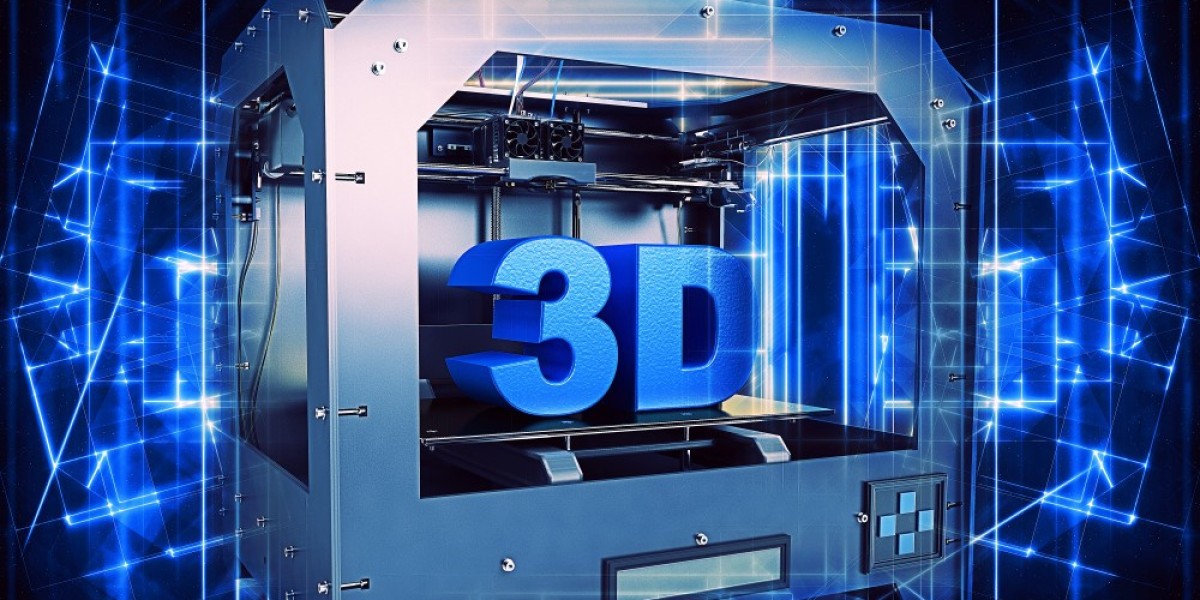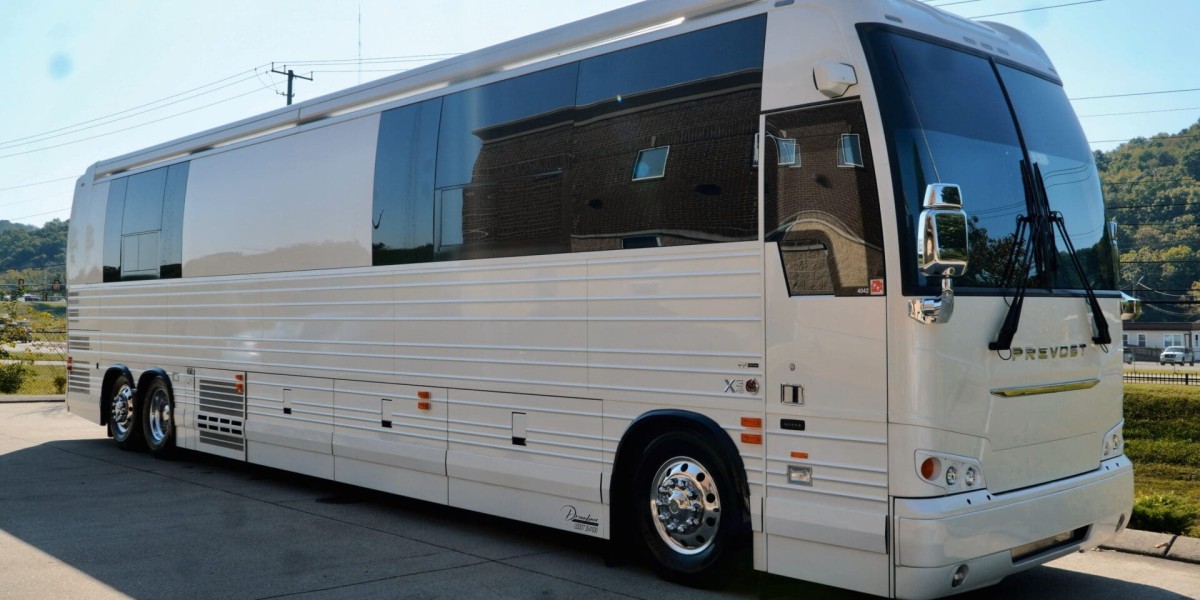Fashion has always been an industry of innovation. From hand-crafted garments to industrial sewing machines to e-commerce, each evolution has reshaped how we create and experience style. But today, the industry faces a challenge greater than any before: sustainability. The environmental toll of fashion is undeniable, and the pressure to reduce waste, overproduction, and inefficiency has never been higher.
Enter sustainable fashion sampling—a transformative approach that reimagines how collections are developed and shared. At the center of this shift lies a groundbreaking tool: the rapid 3D scanning station. Together, these innovations are setting the stage for a new era of fashion where creativity thrives without compromising our planet.
The Problem with Traditional Fashion Sampling
For decades, fashion sampling has been a cornerstone of design and production. Before garments ever reach consumers, countless prototypes are created—tested, refined, and displayed to buyers. But this traditional process comes at a steep cost:
Overproduction: Multiple versions of garments are made, often discarded after use.
High Costs: Creating and shipping samples across the globe drains both financial and environmental resources.
Time Delays: Physical sampling slows down a process that thrives on speed and innovation.
Waste: From unused fabrics to unsold samples, much of this effort ends up in landfills.
In a world where consumers demand both creativity and responsibility, these old methods no longer make sense.
What is Sustainable Fashion Sampling?
Sustainable fashion sampling is a new approach that leverages digital technology to minimize waste while preserving the artistry of design. Instead of creating dozens of physical prototypes, brands use advanced tools like 3D modeling and scanning to build accurate, interactive digital versions of garments.
These virtual samples can be shared with buyers, retailers, and collaborators instantly—without producing unnecessary waste. If changes are needed, designers update the digital file instead of sewing a new garment. The result: less material waste, faster workflows, and reduced carbon footprints.
This isn’t just about efficiency. It’s about aligning the fashion industry with its growing commitment to sustainability, without losing the excitement and beauty of the creative process.
The Role of Rapid 3D Scanning Stations
At the heart of this transformation is the rapid 3D scanning station—a powerful system designed to capture garments in incredible detail and translate them into lifelike digital replicas.
Here’s how it works:
A garment is placed into the scanning station.
Advanced sensors capture every fold, seam, texture, and detail in seconds.
The data is transformed into a precise, photorealistic 3D model.
The speed and accuracy of these scanning stations are remarkable. What once required hours—or even days—of manual modeling can now be completed in minutes. For fashion brands, this means collections can be digitized rapidly, enabling virtual samples to be shared worldwide almost instantly.
Why Sustainable Sampling and 3D Scanning Are a Perfect Match
When paired together, sustainable fashion sampling and rapid 3D scanning stations create a synergy that addresses fashion’s most urgent challenges:
Reducing Waste
Instead of producing dozens of physical prototypes, designers can rely on high-quality digital twins. This cuts down on excess fabric and reduces landfill waste.Speed to Market
Fashion thrives on timeliness. With rapid scanning, entire collections can be digitized and presented in record time, keeping brands agile and responsive.Global Collaboration
Virtual samples can be shared instantly with partners across the world, eliminating the need for shipping costly prototypes.Cost Savings
By reducing material use, shipping, and labor, brands save significantly while still delivering high-quality results.Enhanced Buyer Confidence
Virtual samples created through scanning look and feel authentic. Buyers can rotate garments, zoom into textures, and view them as though they were in the room—helping them make confident purchasing decisions.
Beyond Efficiency: The Emotional Impact
It’s easy to see the practical benefits of sustainable fashion sampling, but there’s also a deeper story here. Fashion is about emotion—the thrill of discovery, the inspiration of a collection, the connection between designer and consumer.
With rapid 3D scanning, that emotional connection is preserved. A buyer viewing a digitized garment can still experience the shimmer of silk, the rugged texture of denim, or the delicate embroidery of lace. These digital samples don’t feel cold or detached—they feel alive.
By blending efficiency with artistry, sustainable sampling proves that responsibility and creativity can coexist.
Industries Embracing the Shift
The adoption of rapid 3D scanning stations is already making waves across multiple sectors:
Luxury Fashion: High-end brands are digitizing collections for exclusive virtual showrooms.
Fast Fashion: Companies are cutting sampling time to stay competitive while reducing waste.
Sustainable Labels: Smaller brands use scanning to reduce costs and align with eco-conscious values.
E-commerce: Online retailers are integrating 3D garment models into product pages, offering shoppers a more immersive experience.
In every case, the results are the same: lower waste, higher efficiency, and stronger engagement.
Why Now is the Moment for Change
The fashion industry is at a crossroads. Consumers are demanding transparency, sustainability, and innovation like never before. Governments and organizations are also pushing for stricter environmental standards. In this climate, sustainable fashion sampling is no longer optional—it’s essential.
Those who adopt technologies like rapid 3D scanning stations today will lead the industry tomorrow. They’ll be the brands that balance artistry with responsibility, speed with quality, and creativity with conscience.
A Future of Responsible Fashion
The beauty of fashion has always been its ability to inspire. Now, with tools like digital garment scanning and sustainable sampling, the industry can inspire while also protecting the planet. Imagine a future where every collection is digitized before it’s produced, where buyers make confident decisions without waste, and where sustainability is woven into the very fabric of design.
That future is already unfolding, and it’s more exciting than ever.
Conclusion
The world of fashion is changing, and the shift is both necessary and inspiring. Sustainable fashion sampling combined with rapid 3D scanning stations is transforming how collections are created, shared, and experienced. Together, they’re proving that sustainability and creativity are not opposites—they are partners in shaping the future of fashion.
For brands ready to embrace this transformation, the opportunity is clear: innovate now, lead tomorrow.
Discover how these cutting-edge solutions can revolutionize your fashion journey by visiting theohzoneinc.com.








